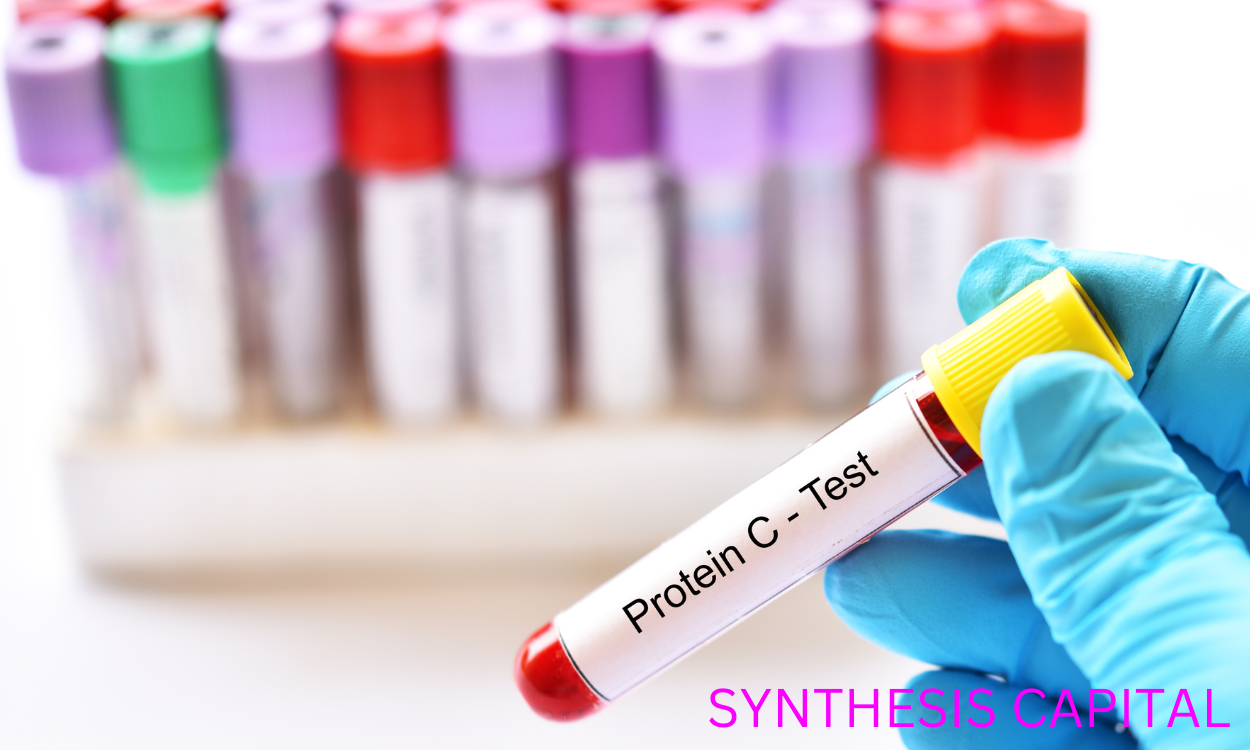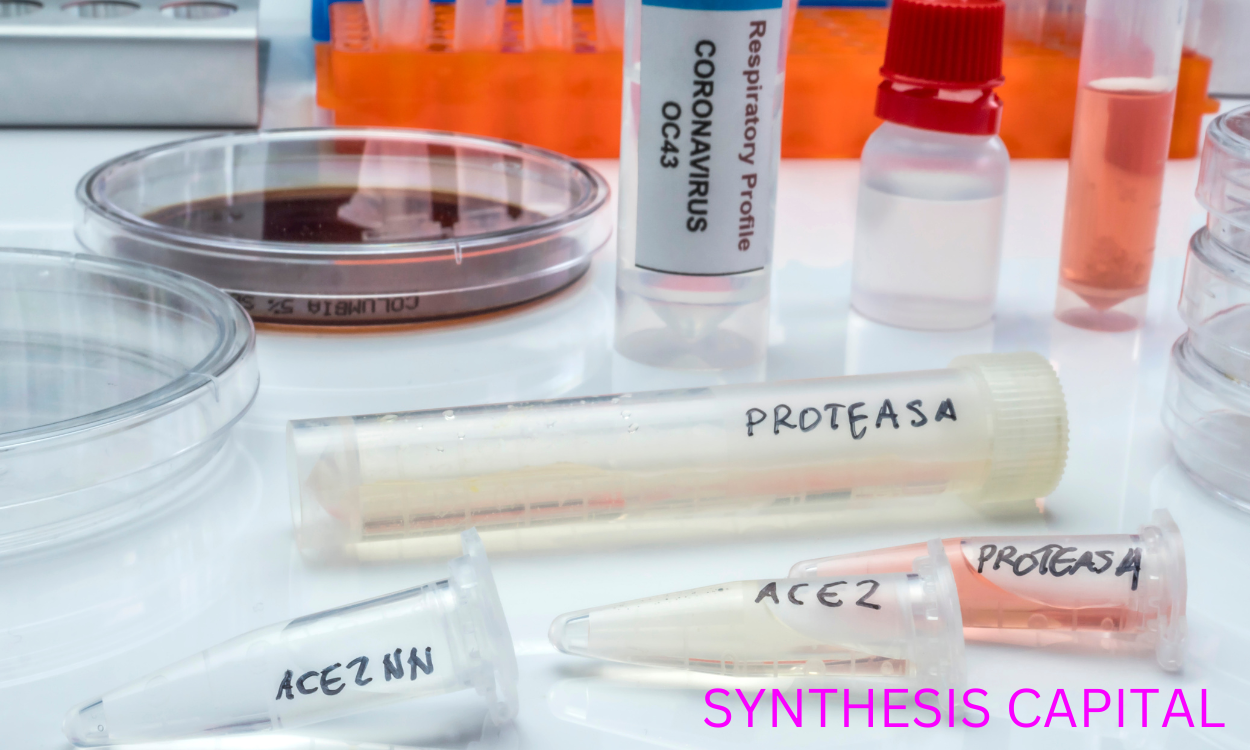Protein extraction buffer is a crucial component in the process of isolating proteins from cells or tissues for further analysis. This specialized solution contains a combination of chemicals and enzymes that help break down cell membranes and release proteins from their cellular compartments. By carefully selecting the appropriate buffer composition, researchers can optimize protein yield and purity, ultimately leading to more accurate experimental results. Protein extraction buffers are tailored to specific types of samples and research goals, making them an essential tool in the field of molecular biology and biochemistry.
Components of a Protein Extraction Buffer
A protein extraction buffer typically consists of a detergent, such as Triton X-100 or SDS, to solubilize cell membranes and disrupt protein-protein interactions, allowing for the release of proteins from cells. Additionally, a reducing agent, such as DTT or β-mercaptoethanol, is included to break disulfide bonds and prevent protein oxidation. A protease inhibitor cocktail is often added to inhibit proteases that could degrade proteins during extraction. Finally, a buffering agent, such as Tris-HCl, maintains the pH of the solution to ensure protein stability and integrity throughout the extraction process.

How does the pH of a protein extraction buffer affect the efficiency of protein extraction?
The pH of a protein extraction buffer plays a crucial role in the efficiency of protein extraction as it can directly impact the charge of proteins and their interactions with other molecules. Proteins have specific isoelectric points where they carry no net charge, and deviations from this point can alter their solubility and stability. Therefore, selecting an appropriate pH for the extraction buffer ensures that proteins remain in their native state and are effectively extracted from the sample. An incorrect pH can result in protein denaturation, aggregation, or poor solubility, leading to reduced extraction efficiency and potential loss of valuable target proteins. By optimizing the pH of the extraction buffer, researchers can enhance the yield and quality of extracted proteins for downstream analysis and applications.
Is there a standard protocol for determining the optimal protein extraction buffer for a specific sample type?
Determining the optimal protein extraction buffer for a specific sample type typically involves a systematic approach that takes into consideration various factors such as the nature of the sample, the desired downstream applications, and the protein of interest. While there is no one-size-fits-all protocol, researchers often start by testing different buffer compositions, pH levels, detergents, and reducing agents to find the combination that yields the highest protein yield and quality. Additionally, factors such as the solubility of the proteins in the buffer, the compatibility with subsequent assays or analyses, and the potential interference from contaminants must also be considered when determining the most suitable extraction buffer for a specific sample type.
Can different protein extraction buffers be combined to improve protein yield or purity?
Combining different protein extraction buffers can potentially improve protein yield or purity by leveraging the unique properties of each buffer to solubilize different subsets of proteins more effectively. For example, one buffer may be better at disrupting specific protein-protein interactions, while another may be more efficient at breaking down cell membranes. By using a combination of buffers, researchers can target multiple cellular components and increase the overall extraction efficiency. However, it is important to carefully optimize the buffer concentrations and conditions to avoid potential interference or incompatibility between the buffers that could negatively impact the final protein yield or purity.
What is the role of detergents in a protein extraction buffer?
Detergents play a crucial role in a protein extraction buffer by disrupting the lipid bilayer of cell membranes and solubilizing membrane-bound proteins, allowing for their release into the buffer. Additionally, detergents help to prevent protein aggregation and denaturation by surrounding hydrophobic regions of proteins, thereby maintaining their native structure and functionality. Overall, detergents are essential components in protein extraction buffers as they aid in the efficient extraction and stabilization of proteins from biological samples for downstream analysis and research purposes.

How do different types of salt concentrations impact protein solubility in an extraction buffer?
Different types of salt concentrations impact protein solubility in an extraction buffer by affecting the ionic strength of the solution. Higher salt concentrations, such as those found in a hypertonic solution, can disrupt protein-protein interactions and weaken protein structure, leading to increased solubility. Conversely, lower salt concentrations, like those in a hypotonic solution, may not provide enough ionic strength to fully solubilize proteins, resulting in decreased solubility. Therefore, the choice of salt concentration in the extraction buffer is crucial in determining the efficiency of protein extraction and subsequent downstream analysis.
Are there any potential risks or limitations associated with using protein extraction buffers?
There are potential risks and limitations associated with using protein extraction buffers, such as the possibility of denaturing or altering the structure of the proteins being extracted. Additionally, some buffers may not effectively solubilize certain types of proteins or may interfere with downstream analyses. Improper handling of extraction buffers can also lead to contamination or inconsistent results. It is important to carefully select and optimize extraction buffers based on the specific proteins of interest and experimental goals to minimize these risks and limitations.
Assessing the Effectiveness of a protein extraction buffer in Isolating Target Proteins
One method that can be used to assess the effectiveness of a protein extraction buffer in isolating target proteins is by performing a protein assay, such as a Bradford or BCA assay, to quantify the amount of protein extracted. Additionally, running a SDS-PAGE gel followed by Western blotting can be used to determine the presence and purity of the target protein. Another method is to perform a functional assay to confirm the biological activity of the isolated protein. Furthermore, mass spectrometry can be utilized to identify and characterize the extracted proteins. By employing these methods, researchers can effectively evaluate the efficiency of a protein extraction buffer in isolating target proteins.